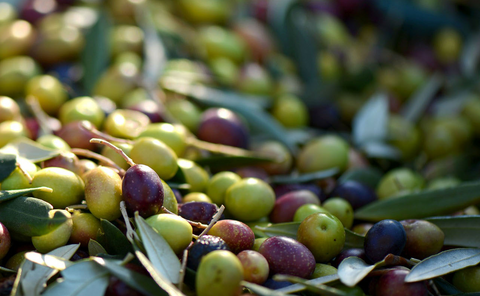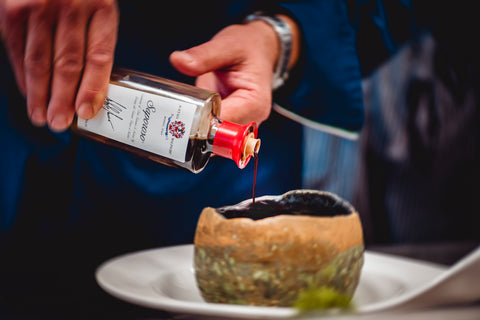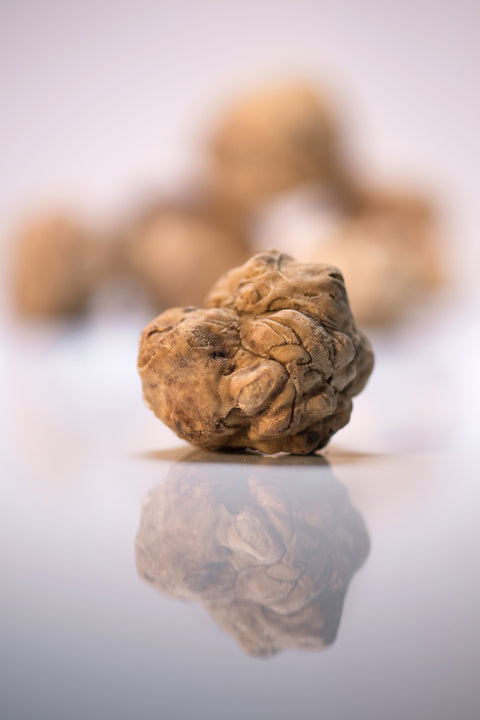Olive oil is supposed to be simple - only the juice extracted from fresh olives with no chemicals, heat, or further processing. But, as more Americans start making healthier choices in the kitchen, sales of olive oil have boomed and with it has come an influx of fake oils.
These aren't sold in a back alley or under a trench coat, they are sold right on the grocery store shelves with nothing labeled to tell you otherwise.
Fake EVOO (Extra Virgin Olive Oil), in the worst-case (and illegal) scenario, is diluted with a cheap soybean or seed oil or mixed with lower-grade olive oil that's been chemically refined.
Or, as is most common, it's mixed with olive oil that's been sitting around since the previous year's harvest or longer. This is legal, but by the time that bottle reaches the store, it's subpar, diminished of its wonderful health benefits, and has lost a lot of its flavor.
So what do you do? How can you tell whether an olive oil is fake? Here are 5 ways to know –
The phrase alone isn't a guarantee, but without it, "you're always going to get a low-quality product," says Larry Olmsted, the author of Real Food Fake Food.
Looking for the purest extra-virgin? You're in the right place.
Basically, the more specifics, the better. "Typically only the better oils will have a 'pressed on' or 'harvest date,' " Olmsted says.
If a label calls out the name of the producer or estate, or the variety of olive used, it's very likely genuine.
Our Caninese Olives are grown with love in the Canino region of Italy and are picked, pressed, and bottled within 24 hours for ultimate freshness.
The "best by" date is arbitrary and lacks any legal standard, and "bottled on" doesn't mean much. "It could've been in a tank for a year before it was bottled," Olmsted says.
We stand by our oil and guarantee it's freshness. If we don't live up to the highest standards, you get your money back.
In particular, the European Union's Protected Designation of Origin (PDO or DOP in Italy). In the United States, you can look for the "COOC Certified Extra Virgin" seal from the California Olive Oil Council for California-made oils.
Our local farming partners adhere to EEC Regulation which contains rules for environmentally-friendly growing techniques, with limited use of fertilizers and pesticides. And our olive oil has 5 regulatory seals to boot. This guarantees only the best for our olives and for your table.
Fake olive oil might taste greasy, rancid, flavorless, or just not pleasant.
Good olive oil—real olive oil—should smell and taste green, bright, peppery, earthy, grassy, or any combination thereof.
We couldn't agree more.
Are you ready to taste olive oil the way it was meant to be? Bring our specialty grown and limited process olive oil to your table and see why this oil has been preferred by Italians for decades.





